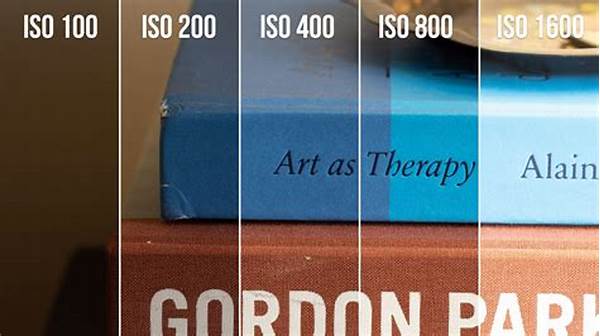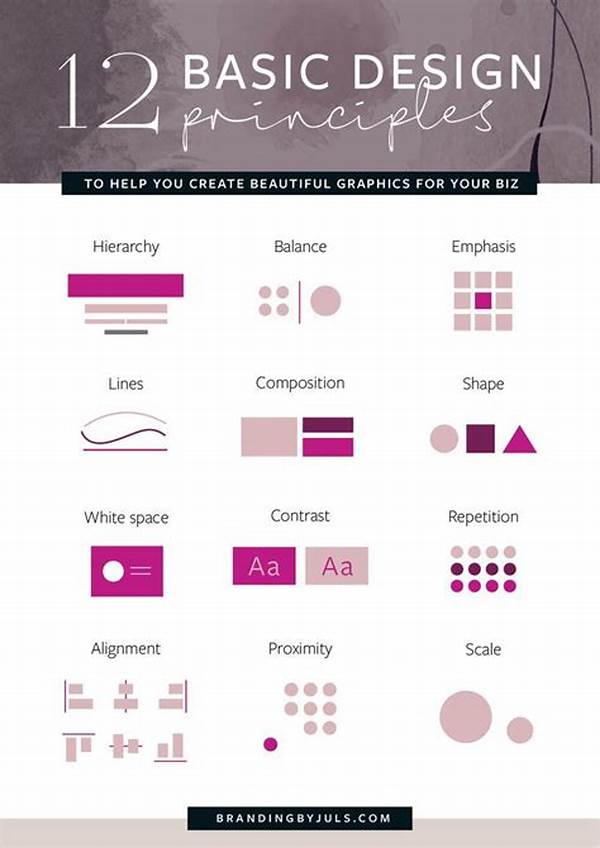Hey there, design enthusiasts! Buckle up because today we’re diving into the world of design, specifically focusing on the principles of effective negative space. Whether you’re creating a logo, a website, or any kind of visual art, understanding how to use negative space can take your design from meh to marvelous. So, grab a cup of coffee and let’s get into the nitty-gritty of how you can make the most out of that empty space.
Read Now : Photos And Visual Art Techniques
Understanding the Basics of Negative Space
Negative space, also known as white space, is the unsung hero of design. It’s not just the empty gaps between design elements; it’s an active part of the composition that can bring your whole piece together. Understanding the principles of effective negative space means knowing how to let your design breathe, giving the eyes a place to rest and creating a more comfortable viewing experience.
The art of applying negative space is all about balance. When done right, it can create a harmonious relationship between the elements and the space around them. Think of it as a dance where each space complements the other. The principles of effective negative space can help draw the viewer’s attention to the right places, add sophistication, and even enhance the overall aesthetic appeal. It’s the subtle touch that makes all the difference, transforming a cluttered design into something spectacular.
One of the key principles of effective negative space is that it helps to highlight the focal point of your design. By surrounding a central element with ample negative space, you allow it to stand out and make a statement. This technique is often used to great effect in minimalistic designs, where less is more. So, the next time you’re working on a project, remember to give some thought to the space between, not just the space filled.
Key Principles of Effective Negative Space
1. Less is More: Simplifying your design is one of the core principles of effective negative space. It lets important design elements shine.
2. Focus on Balance: Achieve harmony by evenly distributing elements and whitespace, ensuring neither overpowers the other.
3. Enhance Readability: Proper negative space improves text readability, making it easier for viewers to process information.
4. Guide the Viewer’s Eye: Use negative space strategically to guide viewers’ attention to key aspects of the design.
5. Create Visual Connections: Negative space can help tie different elements of your design together, creating a unified look.
The Importance of Embracing White Space
Now, you might be wondering why white space is such a big deal. Spoiler alert: it’s not just about aesthetics. The principles of effective negative space are crucial for making sure your designs are visually appealing and user-friendly. Embracing white space doesn’t mean leaving areas empty just for the sake of it; it’s about intentionality and purpose.
Think about it this way: just like we need room to breathe in our daily lives, so does a design. Crowded visuals can overwhelm a viewer and make it difficult to focus on what’s important. By embedding the principles of effective negative space into your work, you help reduce cognitive load, making the user’s interaction more pleasant and intuitive. It’s like giving your audience a mental palate cleanser, allowing them to appreciate each element without feeling overwhelmed.
Moreover, utilizing negative space effectively can contribute to brand perception. Clean designs instill trust and professionalism, enhancing users’ first impressions. So, next time you’re designing, pay heed to those empty spaces and recognize their power. You’ll be leveraging one of the most understated yet potent tools in the designer’s toolkit.
Applying the Principles of Effective Negative Space: Practical Tips
1. Plan Your Layout: Begin your design with a blueprint focusing on balance and space distribution.
2. Declutter Your Design: Avoid excess; too many elements can clutter and confuse, undermining effective communication.
3. Prioritize Key Elements: Determine focal points and utilize negative space to enhance their prominence.
4. Test and Iterate: Designs aren’t set in stone. Regular checks ensure that negative space keeps serving its role effectively.
5. Stay Consistent: Consistency in how you apply negative space across your design will foster cohesiveness.
Read Now : Color Theory In Photographic Harmony
6. Use Grids: A grid can help align elements systematically, making negative space more intentional and symmetrical.
7. Balance Proportions: Adjust space between elements to create the perception of balance and order.
8. Think Beyond the Obvious: Subtle negative space, like logo hidden messages, adds depth and intrigue.
9. Be Intentional: Every piece of space has a purpose, reinforcing your design’s message.
10. Get Feedback: Fresh eyes can spot where space use falters, offering valuable insight for improvement.
Designing with Negative Space: A Closer Look
Drawing the line between too much and just right can be tricky. The principles of effective negative space hinge on the idea of “less is more,” but when does less become too little? It’s a fine balancing act and like mastering the perfect cappuccino froth—it takes practice! Negative space isn’t just the background color; it’s a design tool. For instance, have you ever admired a logo that cleverly uses negative space to show another image or message? This technique leaves a lasting impression by engaging viewers, prompting them to look deeper.
To apply the principles of effective negative space in your work, start by stripping your design to its essence. Ask yourself: What can you remove without losing your message? This process might seem tedious, but guess what? The outcome is often a compelling and focused design that resonates. Remember to always step back and view your work from afar. This helps in ensuring your negative space feels deliberate and effective.
Let’s also not forget how the principles of effective negative space can affect branding and identity. Clean, sleek designs evoke professionalism and can influence how your brand is perceived. The Apple logo, with its perfect balance of space, communicates innovation and simplicity. So, spend time analyzing great designs, learn from them, and apply these principles to elevate your own creations.
Mastering the Art of Negative Space
Dudes and dudettes, here’s the lowdown on negative space made super fun! Mastering the principles of effective negative space is kinda like leveling up in your design game. It’s about finding that spot-on balance that turns a ‘nice’ idea into a ‘wow!’ moment. Visual vibes are powerful, and with negative space, you hold the baton of endless creative symphonies.
The real talk is, nobody likes chaos (well, some do, but not in design). The way negative space frames your work—it’s like the perfect playlist that ebbs and flows with your mood. Tack that vision board with inspiration shots, because cool use of space brings clarity, purpose, and a jazz vibe to your designs. There’s nothing cooler than making space work for you, with an added bonus of visual breathing room.
And let’s chat about productivity. When your mind isn’t wrestling with cluttered chaos, your creativity thrives. That’s the hidden gem behind the principles of effective negative space—it doesn’t just look pretty; it sparks creative genius. So, next time you’re deep in the design zone, imagine yourself surfing that hyped-up wave of spacious energy. Roll on, design rockstar!
Wrapping Up the Power of Negative Space
As we close out this design journey, remember: the principles of effective negative space are your secret weapon to sleek, potent designs. It’s not merely about aesthetics; it’s an essential ingredient in creating visuals that are both functional and stunning. When properly utilized, negative space transforms chaos into elegance and simplicity.
By employing these principles, you elevate user experiences, making engagement enjoyable and seamless. Negative space carries with it the power to dictate user flow, lead attention, and encapsulate brand essence. While initially elusive, mastery comes with practice, reflection, and refinement.
Without these foundational principles of effective negative space, designs risk becoming overwhelming or confusing. But study them, invest time in understanding their impact, and you’ll breeze into creating layouts that speak coherently and powerfully. Ultimately, by harnessing the strength of negative space, you resonate authenticity and focus, letting your design’s true message shine. So, embrace that empty canvas—it holds immense potential!



